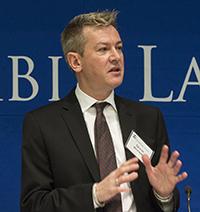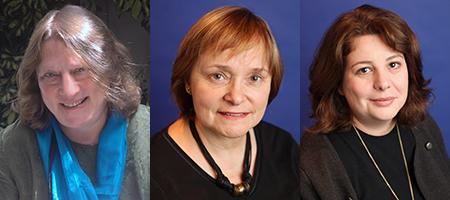Kernochan Center Symposium Explores Secondary Liability for Trademark Infringement Online
New York, November 19, 2013—Leading global brands are utilizing tailored enforcement strategies and international, regional, and national laws to confront the rampant trademark infringement enabled by the Internet, said a multidisciplinary assortment of trademark and intellectual property experts at a Nov. 8 symposium at Columbia Law School.
Presented by the Kernochan Center for Law, Media and the Arts, the conference, Who’s Left Holding the [Brand Name] Bag? Secondary Liability for Trademark Infringement on the Internet, explored how trademark stakeholders have resorted to pursuing secondary liability for trademark infringement against online intermediaries since locating alleged direct infringers is so difficult. Unlike copyright infringement, where pirates often distribute protected content for free, trademark infringers typically seek to make a profit from illegal knock-offs.
| Graeme Dinwoodie '00 |
| Professor Jane Ginsburg, June Besek, and Philippa Loengard |
The symposium was organized by Besek, Kernochan Center Assistant Director Philippa Loengard, and Lev-Aretz, and co-sponsored by the Kernochan Center and the Columbia Journal of Law and the Arts.

